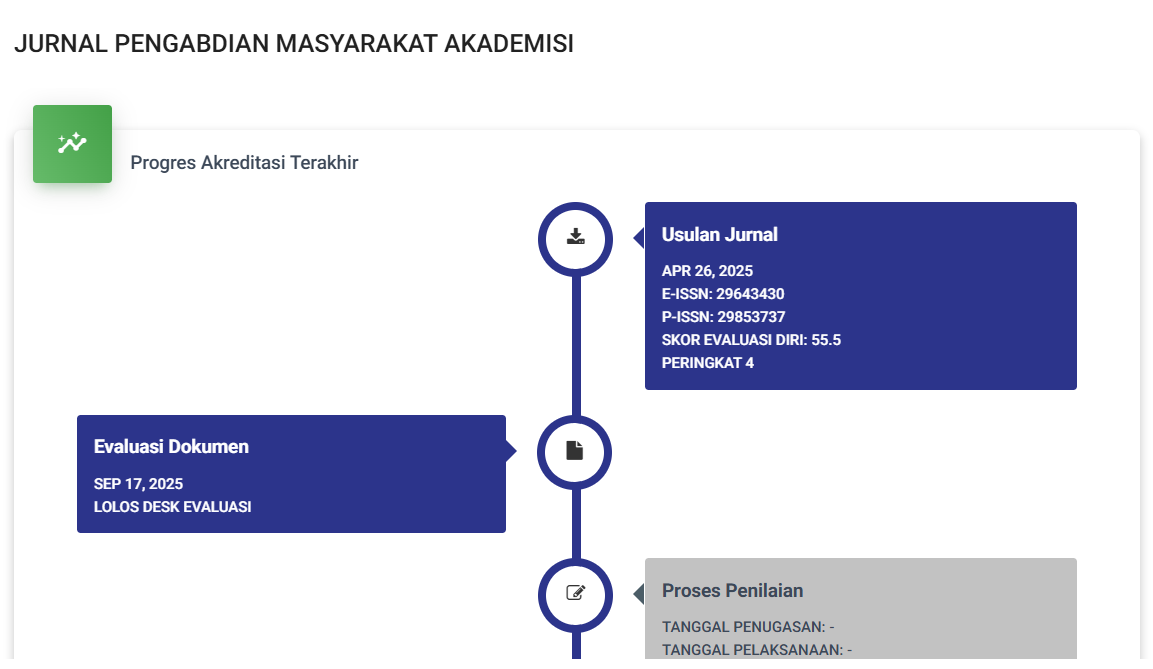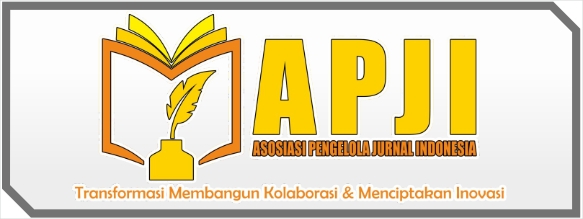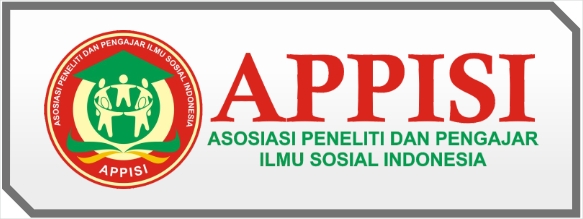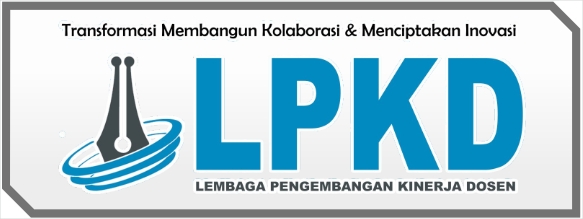Efektivitas Metode Pembelajaran Berbasis Motorik Halus di TK Nusa Indah Desa Bicak
DOI:
https://doi.org/10.59024/jpma.v2i3.883Keywords:
Community Service, Learning Methods, Kindergarten, Bicak VillageAbstract
Children between the ages of four and six benefit greatly from the moral and motor skills development opportunities presented by kindergarten-level early childhood education programs. The purpose of this research was to determine whether the fine motor-based learning approach used by teachers at Nusa Indah Kindergarten in Bicak Village was successful in enhancing the students' fine motor skills. Using the number wheel and other interactive activities, youngsters may practice their fine motor skills while learning the fundamentals of mathematics. An novel learning medium was developed and evaluated using a Research & Development (R&D) approach. The study also utilized an observational method to analyze the medium's impact. The findings demonstrated that the approach considerably enhanced the fine motor skills, which encompass drawing and writing, of the children. The children's engagement and enthusiasm for learning were both boosted by the game-based activities. These results lend credence to the idea that preschool programs should take a more all-encompassing approach to teaching young children, one that prioritizes not just their cognitive but also their physical and emotional growth. This study adds to the body of knowledge on early childhood education curricula by highlighting the need of including fine motor development activities.
References
Az-Zahra, Putri Fauzi, Taty Andriani, D. (2022). Pengaruh Kegiatan Menganyam terhadap Kemampuan Motorik Halus Anak Usia Dini. PAUD Lectura: Journal of Early Childhood Education, 5.3, 1–8.
Bianchini, A., Bangga, G., Baring-Gould, I., Croce, A., Cruz, J. I., Damiani, R., Erfort, G., Simao Ferreira, C., Infield, D., Nayeri, C. N., Pechlivanoglou, G., Runacres, M., Schepers, G., Summerville, B., Wood, D., & Orrell, A. (2022). Current status and grand challenges for small wind turbine technology. Wind Energy Science, 7(5), 2003–2037. https://doi.org/10.5194/wes-7-2003-2022
Mu’min, S. A., & Yultas, N. S. (2020). Efektifitas Penerapan Metode Bermain dengan Media Puzzle dalam Meningkatkan Kemampuan Kognitif Anak. Al-TA’DIB, 12(2), 226. https://doi.org/10.31332/atdbwv12i2.1217
Nabila, & Basri, M. (2023). Permainan Kincir Angka dalam Meningkatkan Kemampuan Berhitung Anak Usia 5-6 Tahun. Jurnal Pendidikan Tambusai, 7(2), 9641–9647.
Permendikbud Nomor 147. (2014). Permendikbud Nomor 146 Tahun 2014. Angewandte Chemie International Edition, 6(11), 951–952., 10–27.
Downloads
Published
Issue
Section
License
Copyright (c) 2024 JURNAL PENGABDIAN MASYARAKAT AKADEMISI

This work is licensed under a Creative Commons Attribution-ShareAlike 4.0 International License.


















